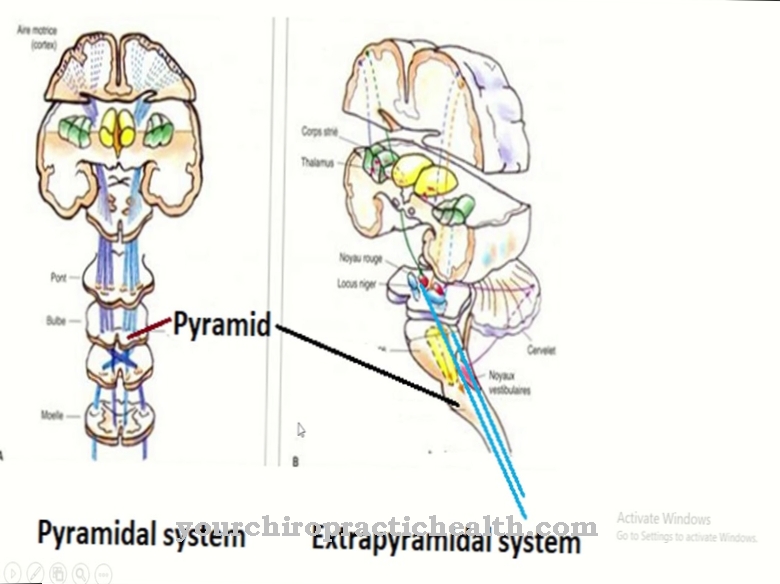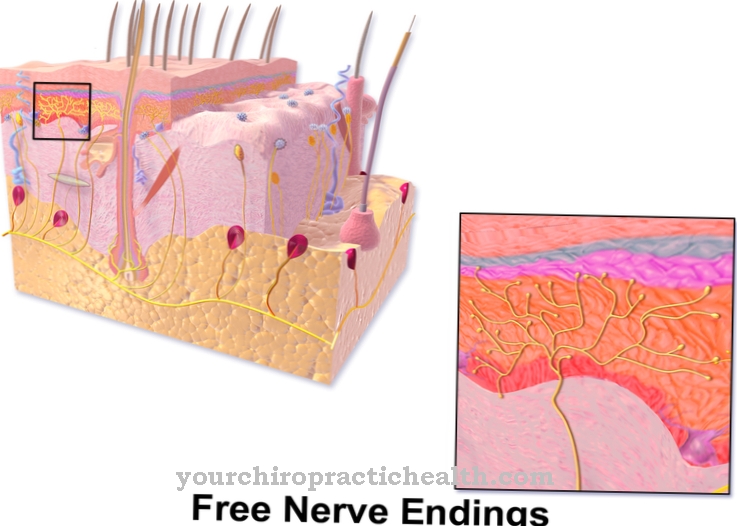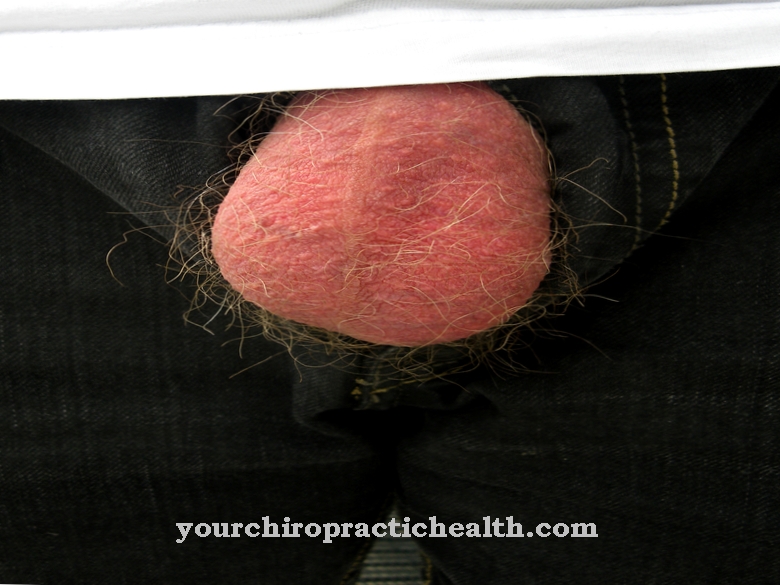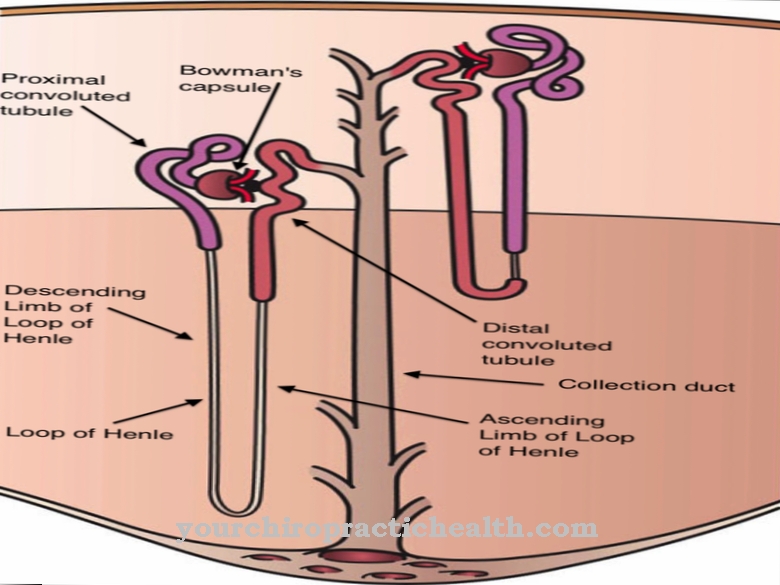For reproduction, nature has not only given humans the sperm and egg cells with the genetic information they contain. The male reproductive organs to which the penis are a fundamental prerequisite for having sex in order to produce healthy offspring.
What is the penis
The name, which comes from the Latin vocabulary, is translated in the German language with a male member. During the cohabitation the penis a central task. In addition, due to its complicated structure, the penis is an extremely sensitive organ. The penis elongates the spermatic duct and is an appendage organ of the male body.
The penis is already created during prenatal development. For many civilized peoples, the penis or phallus is a symbol of a man's ability to reproduce. In addition, the penis can be subjected to ritual circumcision.
Anatomy & structure
Of the penis is divided into three anatomical zones. These are known as the penis root, penis shaft and glans. The foreskin is drawn over the glans and represents a protective cover. The penis contains the so-called cavernous bodies, which lead to stiffening at the time of sexual arousal.
The muscle strands stored in the penis are also responsible for solidifying and stiffening the limb. The sperm cells are released during ejaculation via the sperm duct, which leads through the penis. The penis is also heavily permeated with a network of blood vessels. This is an important anatomical requirement that supports the erection of the penis. The penis is also innervated by numerous nerves.
Functions & tasks
Of the penis is an organ through which both the act of copulation and the excretion of urine are guaranteed. Due to its specific morphology, the penis is able to harden and stiffen. Under these conditions, the penis can slide into the female reproductive organs and, during the sexual act, use ejaculation to fertilize the female egg.
The man's ability to reproduce is given through a neural control of the function of the penis, which is based on sensory perception, hormonally controlled processes and increased blood accumulation in the erectile tissue. The penis is only able to carry out this task when it is erect.
When a man is sexually aroused, more blood enters the erectile tissue through the attached penile artery. These increase in size and favor the stiffening of the limbs. At the same time, the penis straightens up. During ejaculation, the muscles in the penis become active. These contract at intervals and thus guarantee the discharge of sperm cells or sperm.
In the physiology of the act of reproduction, there is a connection between orgasm and ejaculation. However, the functionality of the penis can also be achieved without orgasm.
Diseases
Among the most common diseases of the penis Erectile dysfunction or impotence is counted. With this health restriction, the penis is unable to stiffen due to the lack of blood flow to the erectile tissue.
Another disease of the penis, which exposes the affected person to great suffering, is a persistent stiffness or permanent erection. This abnormality of the penis is also known as priapism. Behind the penile deviation there is again an excessive degree of curvature. In the context of a so-called hypogenitalism, a penis can be massively reduced in size. This disease of the penis is the micropenis.
If inflammatory processes occur on the glans of the penis, it is called balanitis. A congenital or acquired defect in the penis is phimosis, in which the foreskin contracts so much that it constricts the penis. Tissue water can also build up in the penis, causing penile edema. One of the massive diseases of the penis is penile carcinoma, which is classified as cancer.
This disease of the penis is not all that common and occurs mainly in patients of advanced age. A paraffinoma can manifest on the penis through external influences of a mechanical nature or chemicals such as paraffin. These mainly get into the penis through cosmetic surgery to give it more size.
You can find your medication here
➔ Medicines for potency and erection problemsTypical & common diseases
- Erectile dysfunction (erectile impotence)
- Potency problems
- Premature ejaculation
- Congenital penile curvature
















.jpg)
.jpg)



.jpg)






